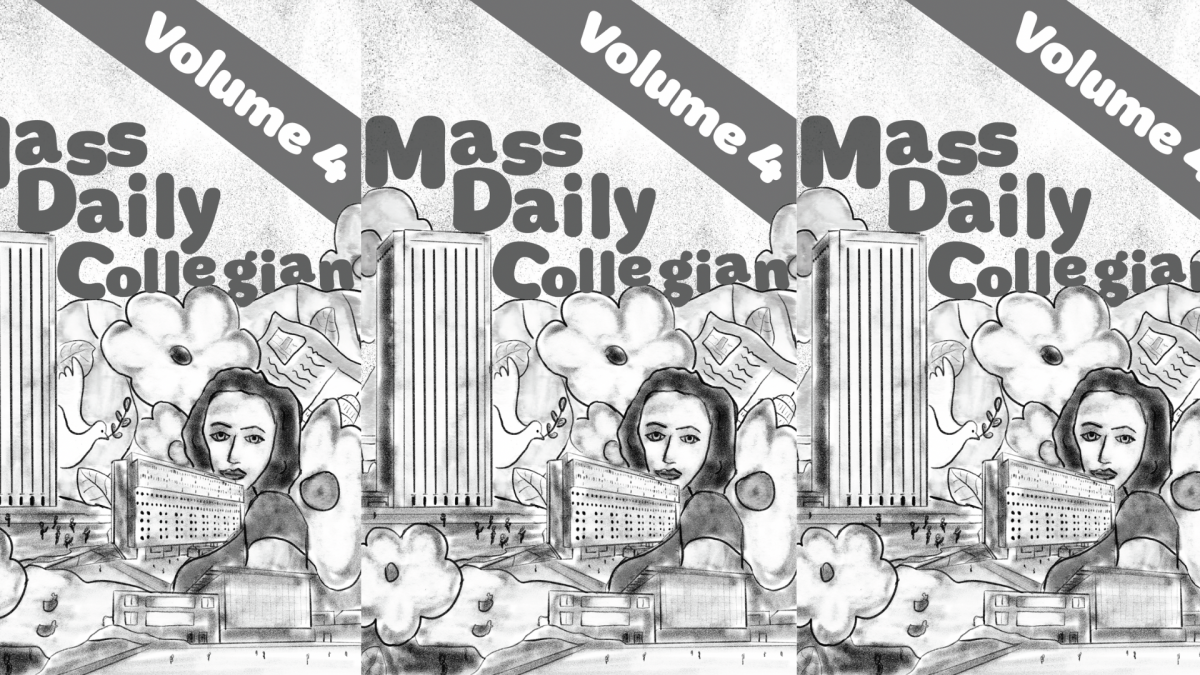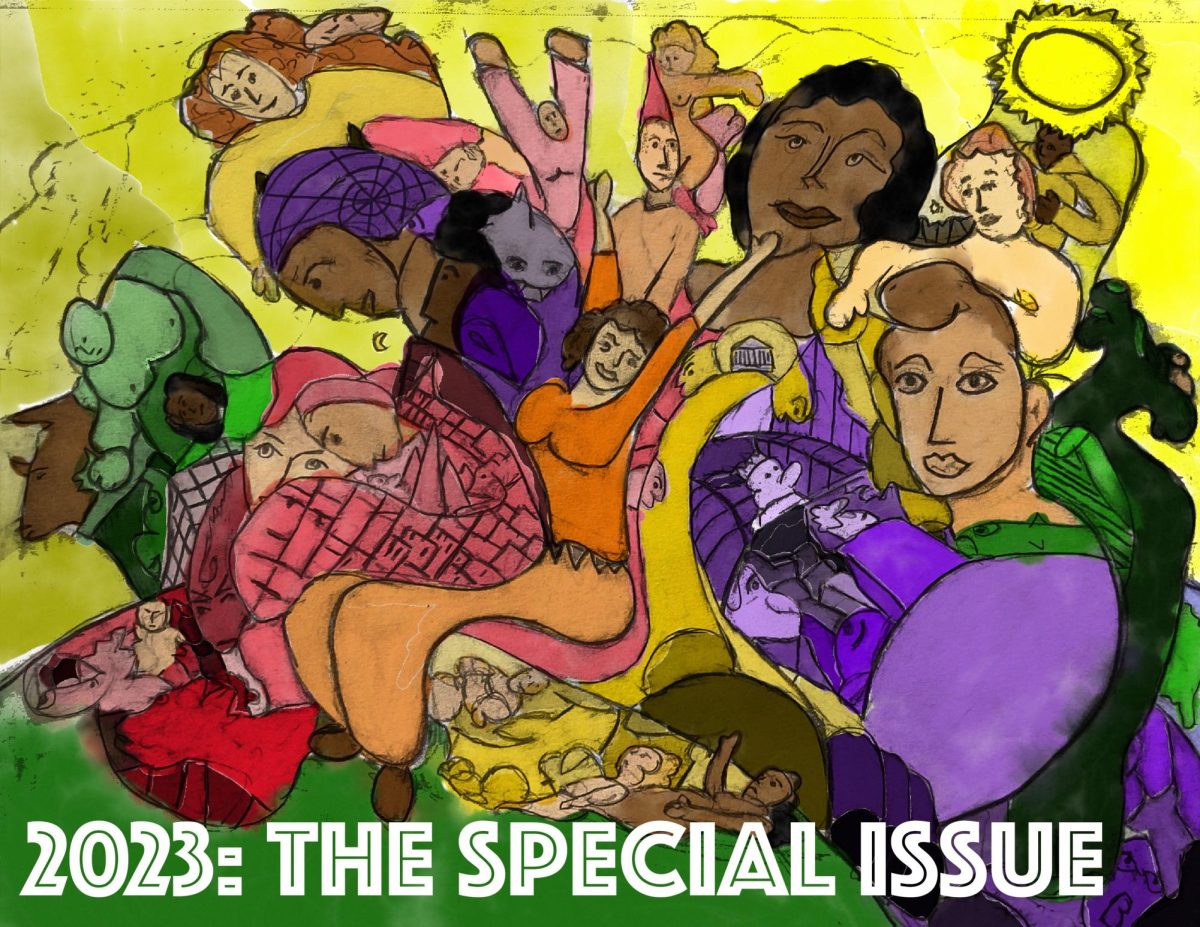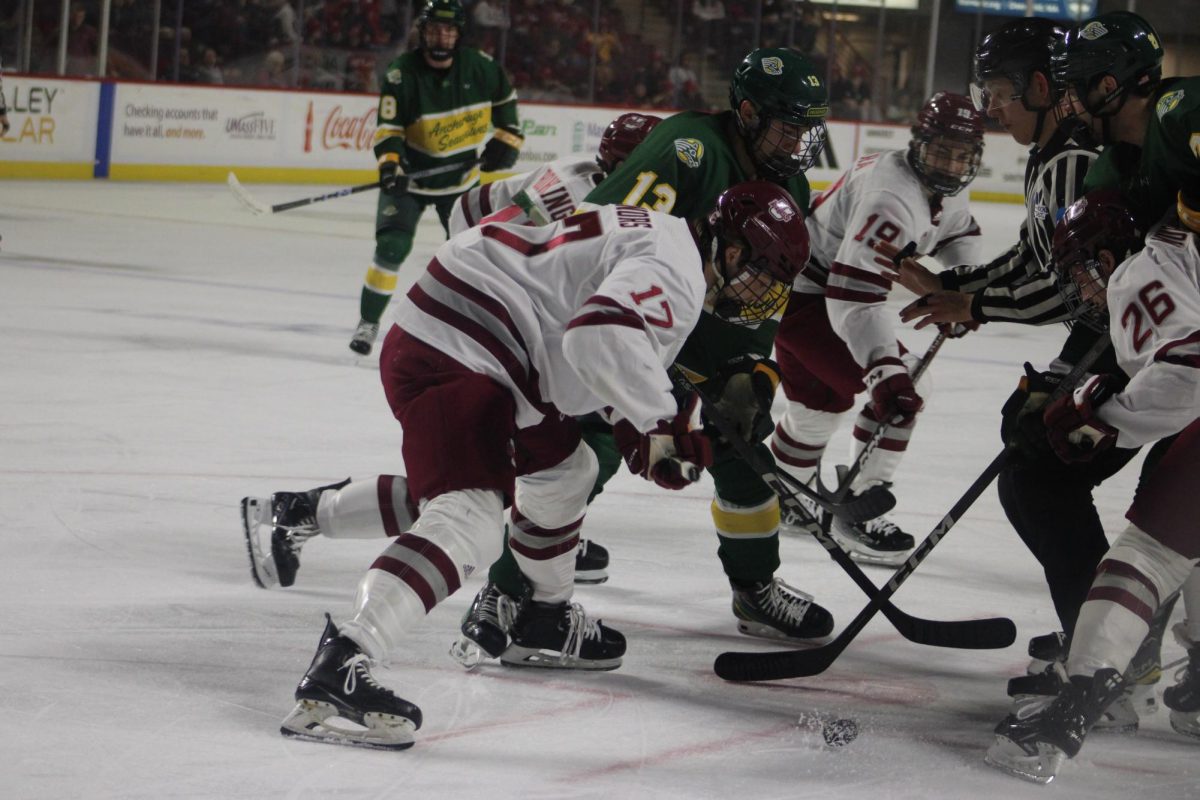On Sept. 27, the Writers Guild of America and the Association of Movies and Television Producers reached an agreement, ending one of the longest strikes in Hollywood history. This news took the industry by storm, with thousands of writers in dire need to return to work just to pay the bills.
The WGA was satisfied with the agreement, and everyone was optimistic this momentum would carry into negotiations with the Screen Actors Guild – American Federation of Television and Radio Artists (SAG-AFTRA). But that didn’t happen.
On Oct. 2, negotiations resumed with heads of SAG-AFTRA personally meeting with the AMPTP and studio leaders of Disney, Netflix, Warner Bros. Discovery and NBCUniversal to improve how actors do business going forward. The negotiations went on for five days until an abrupt halt on Wednesday, Oct. 11.
For those SAG-AFTRA members involved in the negotiations, this abrupt end to negotiations came as a serious shock. After a shorter than usual midday meeting on the Oct. 11, the guild received no sign from the AMPTP that something presented in their revised proposal was viewed as problematic.
In a conversation with The Hollywood Reporter, National Executive Director and Chief Negotiator of SAG-AFTRA Duncan Crabtree-Ireland stated the revised proposal he and his colleagues presented was “a huge, huge concession” for the union so he was “surprised” when he learned the AMPTP would no longer attend Thursday’s full day of negotiations as discussed earlier that day.
Both sides agreed that negotiations between parties were professional and for the most part cordial, but it quickly became clear that revenue sharing proposals were the point of greatest contention after talks had stopped. Once the two groups stopped negotiating, a war for control of the public narrative began.
First the AMPTP put out a statement, stating, “The gap between the AMPTP and SAG-AFTRA is too great, and conversations are no longer moving us in a productive direction.” The AMPTP claims SAG-AFTRA wants studios to pay actors an additional $800 million per year, creating an “untenable economic burden.”
This was rebuked quickly by SAG-AFTRA, who in a public statement to union members on Oct. 12 responded that the Hollywood studios “refuse to share a tiny portion of the immense revenue YOUR work generates for them … They have rejected our proposals and refused to counter.” The guild has denied the $800 million figure, asserting the industry CEOs are “overstating it by 60 percent.”
The union goes further, accusing the AMPTP of using “bully tactics” and “the same failed strategy they tried to inflict on the WGA.” In conversation with The Rolling Stone, veteran WGA negotiator and “The Wire” creator David Simon accused Hollywood CEOs of trying to turn different factions of the union against each other to gain leverage in negotiations. In discussing the AMPTP, Simon said, “their negotiators were incompetent and were rooted in a dynamic that had become antiquated.”
If the studios were hoping to gain leverage in negotiations by stepping away, strikers in the actor’s guild have responded with fury. Strikes have only gained momentum following the news of the negotiations dissolving. The SAG-AFTRA has adopted the slogan, “one day longer. One day stronger. As long as it takes.”
On Friday, Oct. 13, SAG-AFTRA President Fran Drescher was joined by the WGA, the Directors Guild of America and four other major unions in a joint statement to “collectively demand” those involved on the other side return to the table “immediately.” Other issues yet to be resolved include minimum wage bumps and the use of artificial intelligence. They continued, saying that “at this point, it should be clear to the studios and the AMPTP that more is needed than proposals which merely replicate the terms negotiated with other unions.”
On Tuesday, Oct. 17, A-list celebrities including George Clooney, Scarlett Johansson, Emma Stone, Tyler Perry, Ben Affleck and others met with SAG-AFTRA leaders to discuss the dissolved negotiations and current condition of the strike. They stressed that “a lot of the top earners want to be part of the solution.” They presented a plan to top union officials on a way to bring the studios back to the negotiating table, Crabtree-Ireland calling it “worthy of review and consideration.”
“We think it’s fair for us to pay more into the union,” Clooney said in a conversation with Deadline.
Clooney and other A-listers have “offered to remove the [$1 million] cap on dues, which would bring over $50 million to the union annually.” They are also recommending the union switches to “a bottom-up residual structure — meaning the top of the call sheet would be the last to collect residuals, not the first.” Unfortunately, union President Drescher later posted to Instagram after meeting with the union’s negotiating committee and reported bad news. She explained that, due to a complex union legal structure, these proposals would not affect current negotiations, as they legally don’t hold water.
In the midst of all of this, AMPTP President Carol Lombardini was given a letter on Oct. 10, signed by thousands of Hollywood’s most well-known producers. They are demanding that the “P,” standing for “Producers” be dropped from AMPTP. The acronym AMPTP harkens back to the 40s and 50s when most producers were employed directly by the studios, which is no longer the case. Today, the AMPTP represents studios, streamers and networks, while only representing 350 producers. The removal of this “P” is part of a larger campaign by producers to change the hearts and minds around a producer’s role in the industry, with the final goal of pushing for unionization of producers to in order to protect all from many of the same things SAG-AFTRA and the WGA have been fighting for.
On Saturday, Oct. 21, the actors strike entered 100 days on the picket line. The war rages on, though, the AMPTP versus SAG-AFTRA, A-listers, six other major industry unions, and thousands of notable producers pushing for a union of their own. There is no clear ending in sight.
Dominic Papalia can be reached at [email protected] or followed on Twitter @Dom_Papalia.



















